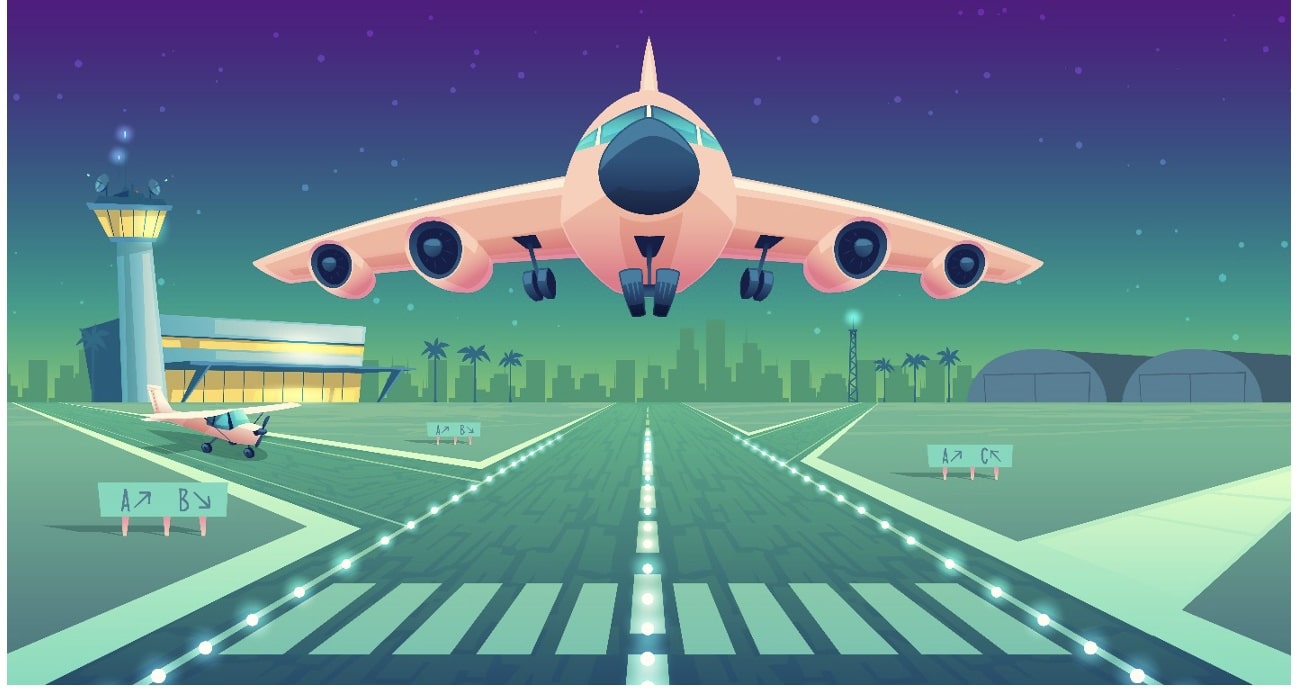The future is here, and we are increasingly moving over to relying on our mobile phones for things like Payments , loyalty cards and more. The same is true with identification documents and identity cards.
Fewer countries are relying on paper passports as means to recognize citizens. We have swiftly moved to biometrics, which take the form of chips which contain all of our identity data.
These biometric documents may soon be replaced by the use of plastic cards with chips. These include driving licenses, passports, and healthcare cards.
With the ascendance of smartphone usage, it is only natural to think that the next step for identification will be via our phones using mobile IDs. Let’s glimpse into how the future of identification looks in our digital world.
The issue with documents lies in their technical complexity. A paper passport contains patterns, watermarks and other unique signs that make it distinct to each person.
Electronic documents though do not contain these as they simply carry a greater amount of data in a smaller package.
Each country displays different sets of data on their own identification documents, some show blood type, and medical insurance details too. This kind of data is just not available for use on paper passports though.
This shows us that an electronic passport is able to carry a lot more information on it.
However, not all electronic readers are built the same and places, like shops or Government departments will not have the necessary electronic reader to identify all of the data presented.
So, it seems that we will need a standard globalized identification reader, so everyone is effectively on the same page.
From Paper to Card
A lot of countries are now working on replacing the traditional passport with a chip card. In Europe they are moving ahead fast, by now looking at using the smartphone as a means of data identification, using an NFC chip.
This is a way to transfer wireless data and most smartphones already contain it. It is able to detect technology without needing an internet connection. It is the technology that currently allows people to pay with their Apple or Google Pay apps.
It seems like a complicated piece of technology but it's surprisingly simple.
The tech behind it is called radio frequency identification (RFID), and an NFC chip makes up one part of a wireless link. When it is initialized by another chip, then small sets of data can travel between the two devices when they are within a couple of centimeters from each other.
With an NFC chip you no longer need to carry identification documents or paper passports. Instead, you can simply carry your phone, which is a highly convenient method for identification, and is excellent at countering the risks of losing your identity or even fraud.
Digital methods for identification are very reliable as all data is encrypted and then held on a network. This is much more secure than our paper ID as no one else can steal or access your data.

The Blockchain ’s Role in Data Transfer and Identification
Metaverse is one company who believes the answer lies on the blockchain. They have created MIT (Metaverse Identifiable Tokens).
These are a set of token standards that currently process the transfer, ownership, and other information about a non-fungible item (NFT) like artwork or digital media.
This is a secure way of using smart contracts to transfer and identify data without the need for special equipment such as a reader. This evokes real world application across a variety of use cases.
Users of Metaverse may already employ the Metaverse Smart Token (MST) to create any kind of digital asset in combination with the MIT (for non-fungible items), or they can use the protocol’s Avatar system to create a secure digital identity.
MIT tokens are at the heart of the Metaverse (MVS) blockchain. MIT explains that they are all “built” following the same set of “rules”, allowing them to operate on MVS.
- Each unique ID per token, can be scanned as a QR code/SN code for example.
- They are trackable with MVS Avatar DID.
- They are verifiable by MVS Avatar.
The technology is already there and available, with many uses for this kind of data, not least identification.
Another example is for someone who perhaps quits their job or indeed is fired, they will then get a token with all their work history and details, which can be used for references in place of a CV, with no room to fabricate information. The use cases are as broad as the human imagination can be.











